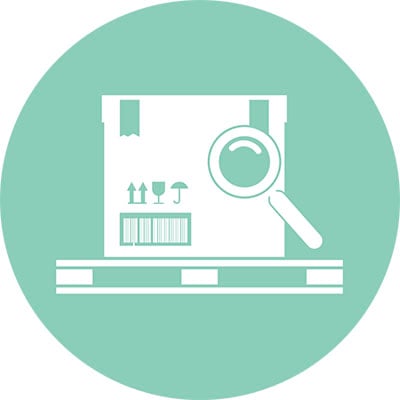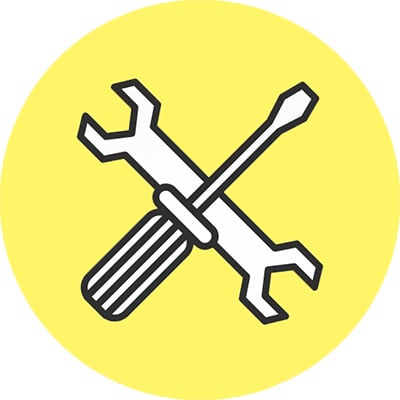Supply chain efficiency is important in every aspect of a retail business.
Furthermore, resource and time-intensive processes such as shipping, packing, picking and inventory management all have huge impacts on a retail business. When it comes to handling several territories and outlets, these processes prove to be complex. They rely on exterior factors such as weather conditions, service providers, and suppliers, which make it difficult for retailers to carry them out in the right way.
Why the Retail Industry Needs Big Data-driven Analytics Technology
Both big and small retailers are increasingly adopting predictive analytics based on machine learning for their supply chain management activities. There is a high demand for skilled candidates with a specialization in analytics who can deal with complex data to improve the organization’s bottom line. They rely on technology to create efficiencies in compartmentalized processes and sophisticated systems. Their end game is to use this technology in saving operational costs and making their supply chain activities much simpler and efficient.
As retailers are adopting big data-driven analytics technology, there are certain areas that they are keenly focusing on to drive efficiencies in their supply chains. They are using this approach to not only stay ahead in their industry but to also boost innovation in their enterprises. The areas that they're focusing on include the fulfillment of customer needs quickly, the reduction of downtime, maximizing of shrinkage and cutting of stock as discussed below.

Fulfilling Customer Needs Quickly
With the Internet of Things, every connected device can collect and share data on how it operates. In other words, the Internet of Things makes it easier for us to measure things using advanced analytical tools. Machine learning is among the disruptive analytic tools that make it easier for us to measure any data on our connected devices. It can give us all the data we need regarding how certain things work and how they interact with other things.
Supply chain data may include GPS location, status, travel route and travel time of delivery trucks. Retailers can now collect all of this data on an inventory. They are also in a position of building a machine learning model that can make predictions on any aspect of supply chain operations using the collected data. The model can help them answer several questions like the likelihood that an order under shipment will arrive late and the time it will take a delivery truck to successfully deliver an order.
Big data-driven analytics technology allows retailers to run in-depth simulations regarding their supply chain activities. With this technology, they can dispel any possibilities of missed deadlines or lateness when it comes to fulfilling a customers' needs. They can take remedial actions before an inconvenience occurs hence building and maintaining their customer trust. Once they fulfill the needs of a customer, their reputation is likely to grow positively.

Reducing Shrinkage and Maximize Stock
Retailers need to come to terms with the fact that not all products in their stores will completely sell. Problems such as theft, fraud, stocktaking errors, inventory mismanagement, and damage may occur making it difficult for the stock to completely sell out. Predictive analytics that rely on machine learning can help reduce these supply chain challenges. This can only happen if the retailers decide to effectively monitor their supply chain operations through the use of data-driven predictive analytics.
Most problems related to supply chain operations occur because retailers constantly order several units of a particular item without carefully tracking their inventory. At times, a small portion of the excess orders may comprise of damaged items resulting in a loss. Thanks to data-driven predictive analytics technology, they can cut these excess orders before they arrive. They can also order for more items if the existing ones don't meet a certain threshold.

Minimizing Downtime Caused by Breakage and Faulty Products
It is safe to say that new technologies are making old ones to be less effective in carrying out tasks. Industrial contexts that have heavy and sophisticated machinery for conducting specialized tasks can attest to this fact. Data-driven predictive analytics technology made it possible for us to build machine learning models with the ability to tell us when machinery will fail and how we can maximize on time to replace or repair the failed parts of the machinery.
Downtime has huge implications on the operations of any business, whether small or large. Retailers can reduce these implications as far as their supply chain operations go by relying on data-driven predictive analytics technology. It will be easier for them to know when inconveniences in their packing and picking operations may occur and spare adequate time to resolve these issues in a timely manner.
What the Future Has in Store
As we are inching closer to the future every day, it is important to note that predictive analytics based on machine learning will continue to change how retailers manage their supply chain operations. Both small and large companies across different sectors continue to acknowledge the benefits of using this technology in supply chain management. Business operations need large volumes of big data for them to remain efficient. It is actually difficult to pull together these large volumes of big data without the use of predictive analytics technology based on machine learning.
In the future, data-driven predictive analytics technology is likely to open up to smaller companies that lack adequate resources to adopt it. This change will be as a result of the out-of-the-box and as-a-service analytical platforms combined with the new opportunities for buying external data. An organization will be in a position to access this technology, provided that it is innovation-oriented regardless of its financial resources.
If you’re interested in more posts about e-commerce and retail, check out our complete report detailing how technology is transforming the both brick-and-mortar and online stores.








